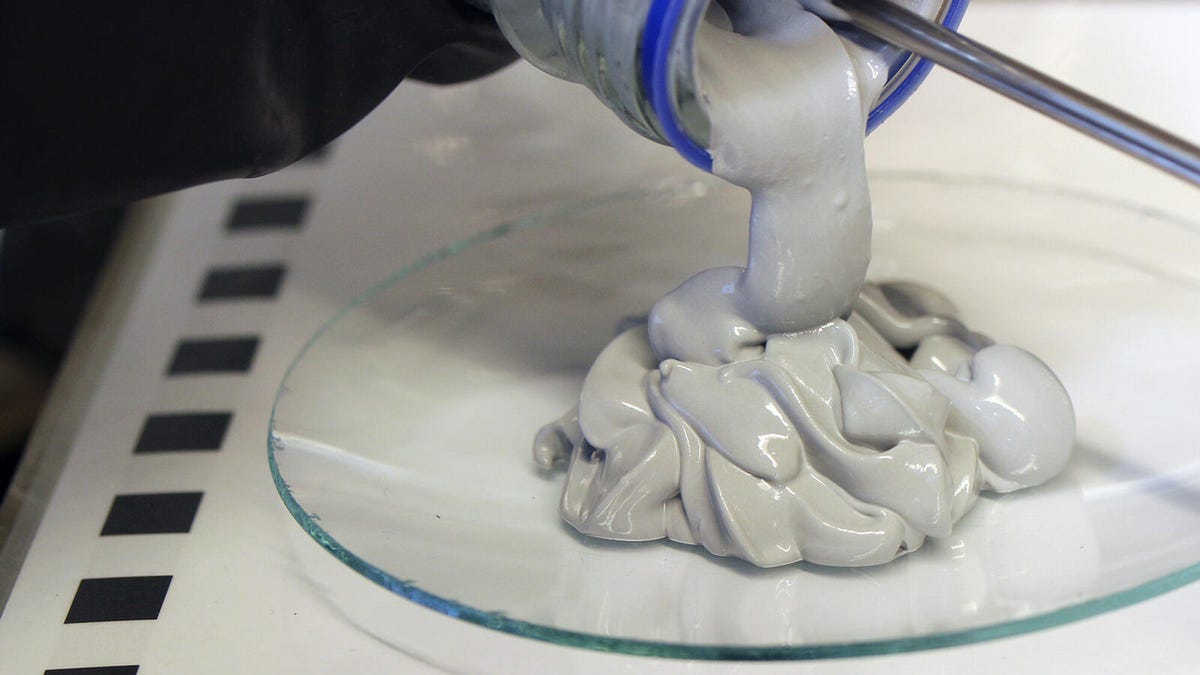What if someday your electric car could run on gray goop instead of batteries?
That goop being a paste of magnesium hydride that creates hydrogen for a fuel cell reaction, of course.

Don't try and put this on your computer's CPU, or you're gonna have a bad time.
Electric cars are getting better and more plentiful every day, but there are still some downsides to packing a vehicle full of battery cells and plugging it into a charger. Obviously, time is a concern. Even with DC fast charging, you're still likely to find yourself camped out at a charger for a half-hour or more. There's also the issue of cost, as we're seeing in places like Texas, where grid instability due to weather is causing EV charging prices to skyrocket.
Aside from the Powerpaste and water reaction, this works just like a normal hydrogen fuel cell.
This is where hydrogen can come in, though, of course, that's not without its own hurdles to overcome. It's got infrastructure issues of its own, and the hydrogen tanks required to keep the liquid hydrogen safe at over 10,000 psi precludes putting them in very small vehicles. But what if hydrogen didn't need to be stored as a liquid or even a gas? According to an announcement made earlier this month, Germany's Fraunhofer research organization claims it's found a way to store hydrogen as a paste.
If the idea of hydrogen paste makes your head hurt a little you're not alone, but it's not as complex as it sounds. To make this "Powerpaste," Fraunhofer starts with powdered magnesium and combines it with hydrogen at a temperature of around 662 degrees Fahrenheit under a pressure of approximately six atmospheres, or 88 pounds per square inch. This results in magnesium hydride, which is then combined with an ester and a metal salt of some kind to turn it into a stable paste, which is then put inside a tubelike cartridge.
To use the Powerpaste in a vehicle, a user would insert a sealed Powerpaste cartridge and top off a water tank with regular, old tap water. When the paste and water are introduced, gaseous hydrogen is generated and fed into a fuel cell, generating electricity. Here's the cool thing: because water is two-thirds hydrogen, it provides a significant amount of hydrogen for the fuel cell reaction. That means less paste is needed, making the process reasonably efficient.
Now, in its press release, Fraunhofer talks about using this Powerpaste system in small vehicles like motorcycles and e-scooters, but it stands to reason that the system would just as easily scale up to be used in cars and trucks. Storing and transporting the paste should prove a lot easier and safer than with liquid hydrogen, too, so having infrastructure built out would likely be a lot cheaper.
Fraunhofer is presently building a factory to produce Powerpaste at a rate of around four tons per year, and it's set to come online in 2021.

